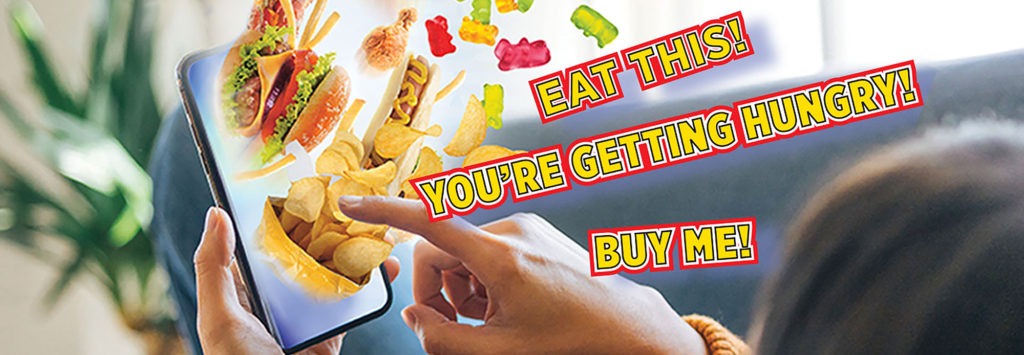Teens bombarded with junk food ads
For every hour that a teen spends online on their phone, they view more than 17 junk food ads. This figure is almost nine times higher than their exposure to junk food ads on TV. These startling findings come from new research at the University of Wollongong.
Over just one week, teenagers are exposed to an average 168 food and drink promotions. This contrasts with an average of 19 promotions a week when watching television. And researcher Associate Professor Bridget Kelly says food and drink producers are promoting brands seemingly endorsed by other teens or online groups.
“When products are marketed on social media via online communities or influencers, it comes with the assumption that the products are endorsed by peers,” she says. “Brands tap into these pages’ networks and social cache, heightening the marketing effects. This normalises unhealthy food, creates positive brand images and promotes overconsumption.”

Keeping pace with the digital world
The study found that food and drinks marketed online are almost exclusively high in salt, fat and sugar. The rate of junk food ads was 50 times the rate of ads for healthier products.
Kelly says that government policy has failed to keep pace with rapid developments in the digital world. The use of data analytics means advertisers are now able to target children. And they use personal data in a way that’s far more insidious than traditional advertising. In particular, Instagram, Facebook and Snapchat had the highest rates of junk food ads. Kelly says this presents an opportunity for those platforms to self-regulate to protect children.
“The digital world is outstripping current legislation and policy to protect young people from inappropriate marketing,” she continues. “Policies needs to protect children from unhealthy food marketing. Both through paid advertising and paid content in posts generated through online communities, influencers and celebrities.”









